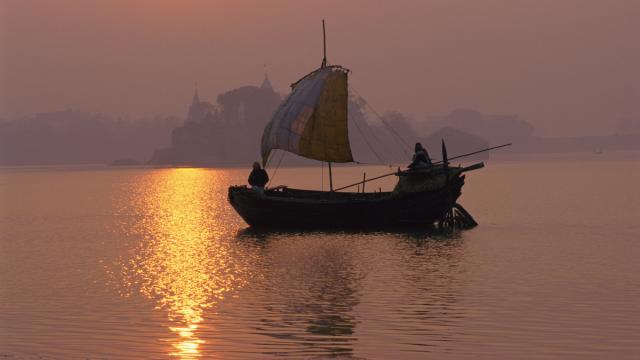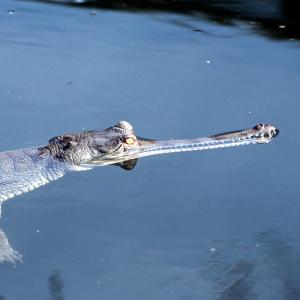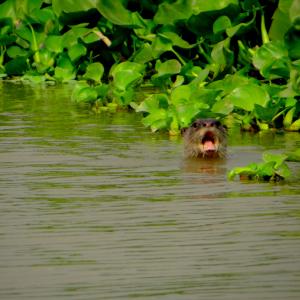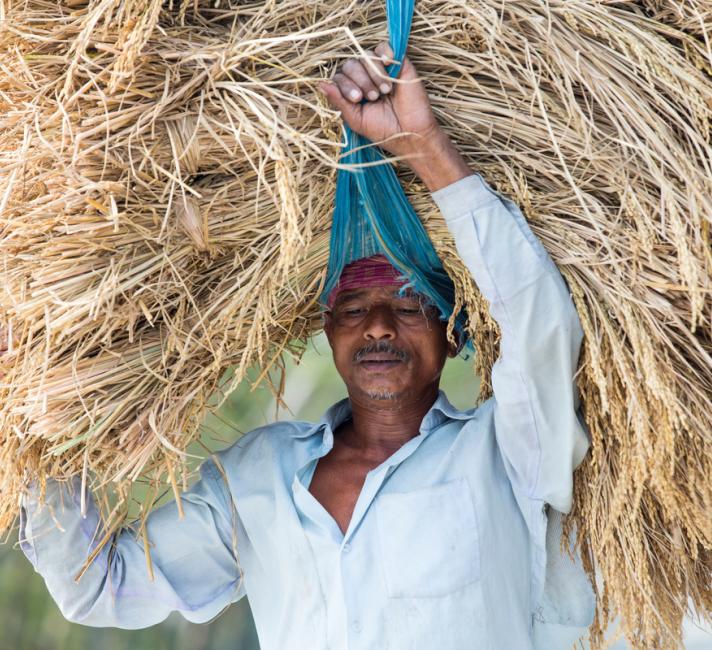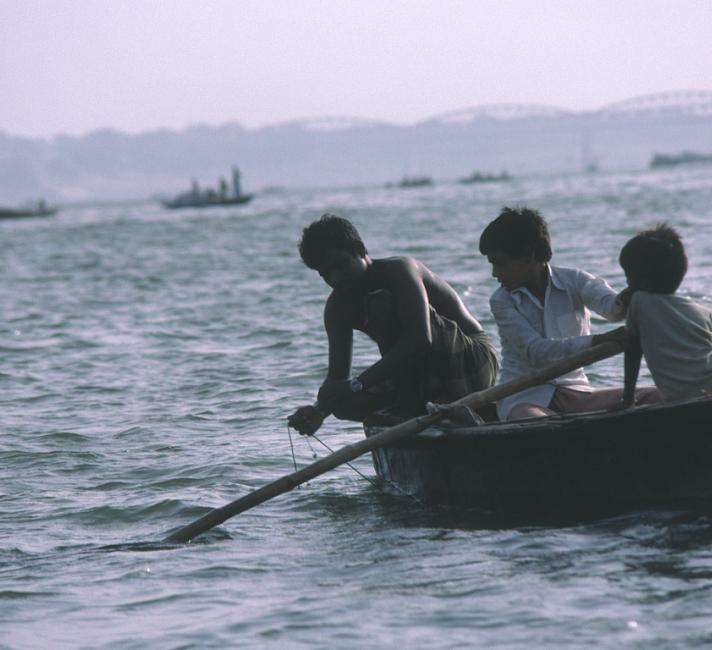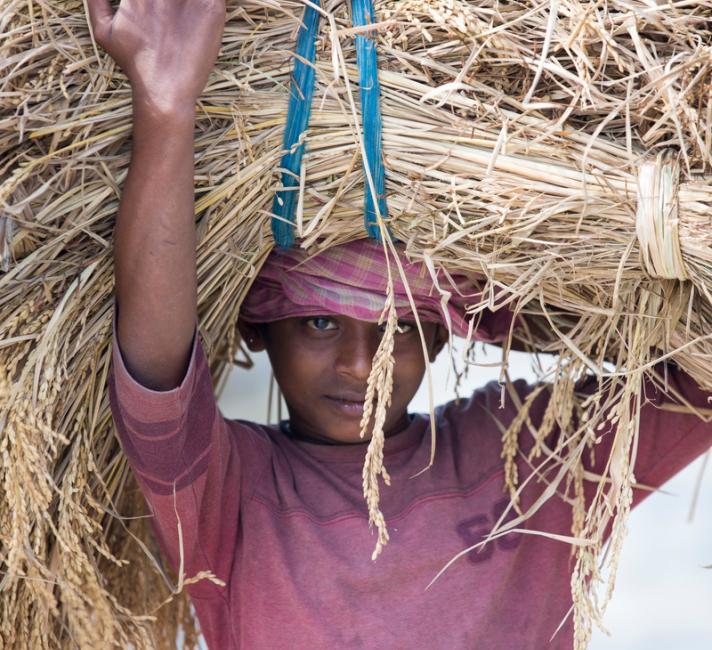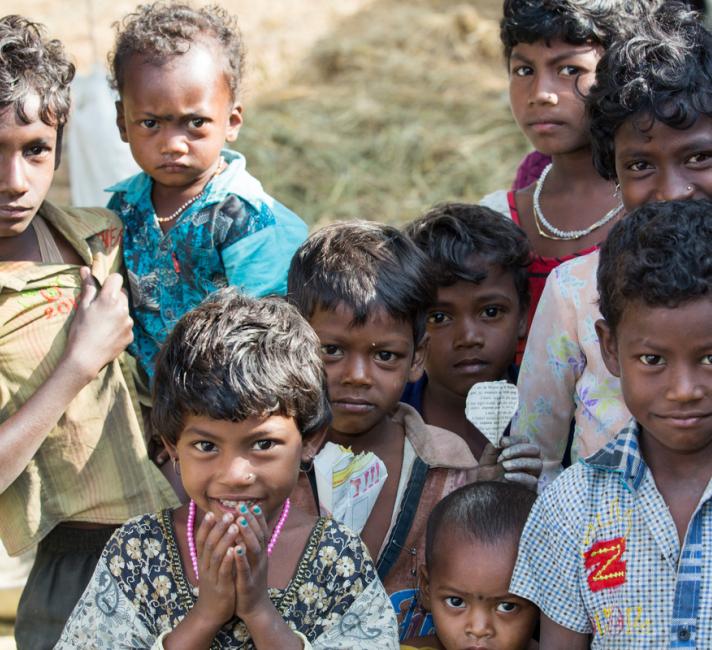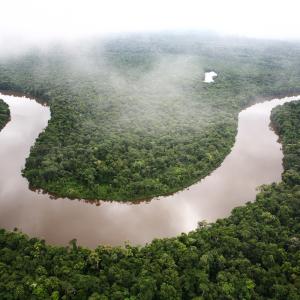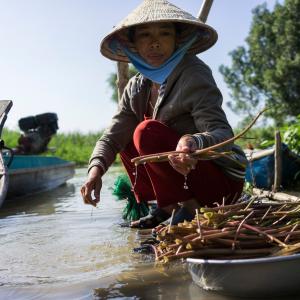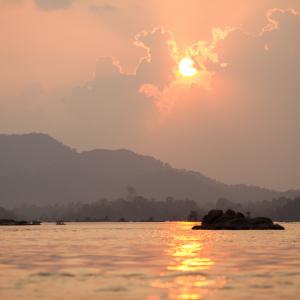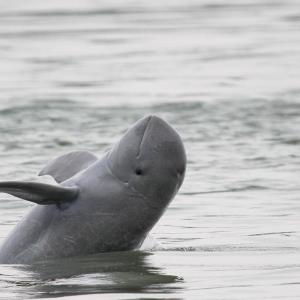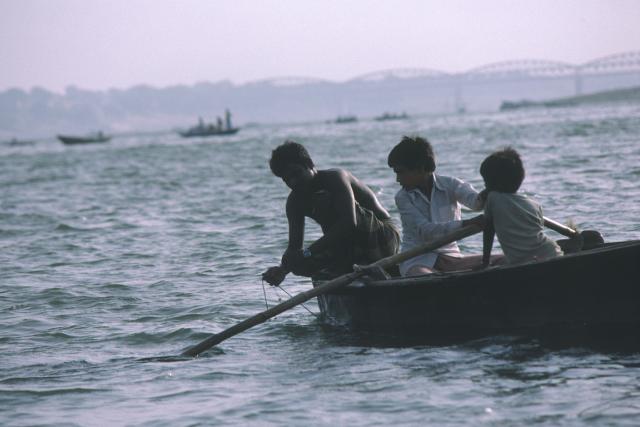
Why the river Ganges is so important
The Ganges river in India is more than 2,500km long and has the most populated river basin in the world.
Hundreds of millions of people and a huge range of wildlife rely on the river Ganges. But pollution, dams and removal of too much water (mostly for agriculture) have affected the flow and health of this vital river.
One of the river’s most at-risk animals is the Ganges river dolphin. There used to be tens of thousands of them, but now only around 1,200-1,800 are left in the river. Biggest threats to them include fishing (they’re targeted for their oily blubber), as well as toxic pollution, dams and barrages in the river.
"I love supporting the dedicated team in India who are developing long-lasting solutions to clean up the mighty Ganga river now badly contaminated by industries, cities and agriculture. While we help improve the river, we also assist some amazing and unique wildlife: turtles, Gangetic dolphins, otters, Mahseer fish, and my all-time favourites: magnificent gharials so-called because of their ghara/pot shaped bulbous nose! We’re making progress but a lot of support is still needed both to cleaning this massive 2,500 km river and to help protect its wildlife. I look forward to seeing the endangered species being able to breed and thrive in the wild."
Regional manager for the Ganges
27.3849024, 83.0162235
The Ganges river location
The River Ganges emerges in the western Himalayas and flows down across northern India into Bangladesh, where it empties into the Bay of Bengal. Nearly 80% of the Ganges river basin is in India, the rest is in Nepal, China and Bangladesh.
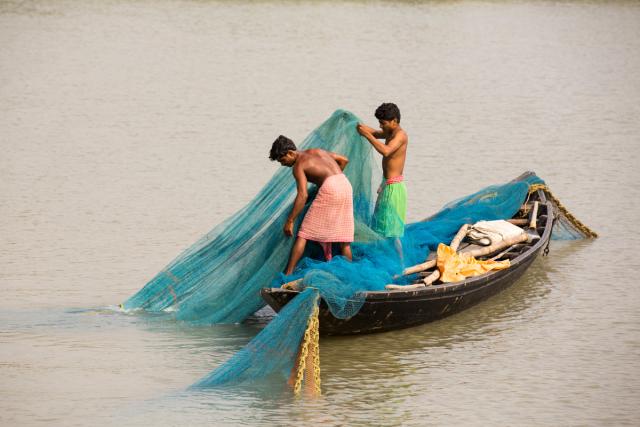
About the Ganges river
The River Ganges (or Ganga) flows from the Himalayas all the way to the Bay of Bengal, through some of Asia’s most densely-populated regions. Its river basin is more than 1 million sq km, and home to over 650 million people.
The Ganges river faces a lot of serious challenges, mainly because of the fast growth of cities, agriculture and industries in recent decades. Too much water is being removed for farming and other uses, barrages and dams disrupt the Ganges’ natural flow, and pollution from homes and industries have badly contaminated what’s left of this once mighty, free-flowing river.
It’s having a negative impact on a lot of people, as well as on precious wildlife like the Ganges river dolphin.
We’re working hard to turn things around. We’re targeting some of the most damaging industries and activities, and encouraging more sustainable water use. And we’re helping build community awareness and action to protect the river Ganges.
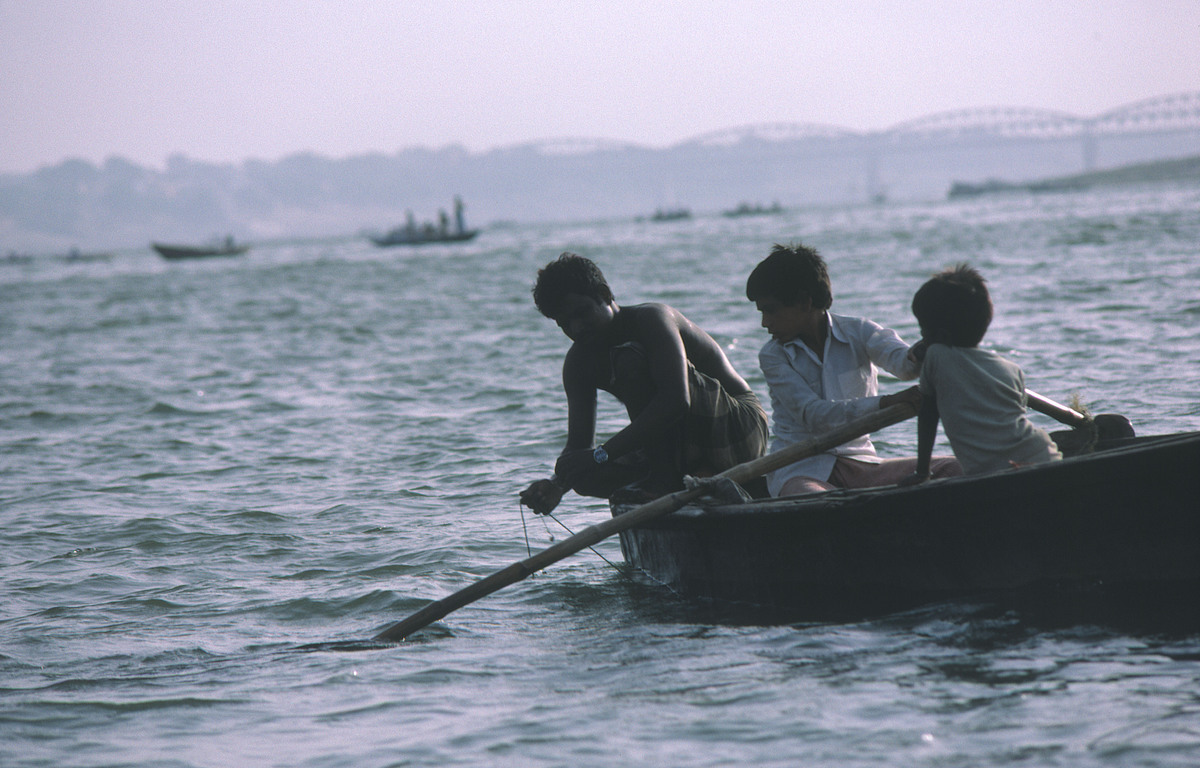
Mitras – friends of the Ganges
The word Mitra means ‘friend’ in Hindi. Our Mitras initiative invites volunteers – as individuals or groups – to get involved in various aspects of conservation in and around the Ganges and Ramganga rivers. There are now thousands of people doing just that: concerned citizens trained to gather water quality data and farmers helping to protect turtle eggs; collect rubbish; and 'baal mitras' are 'young friends' who get involved for example in releasing new turtle hatchings. Awareness-raising and political activity are important elements of the programme. In India, smaller, less powerful groups are often ignored by the powers-that-be, so it’s crucial that our ‘Mitras’ have the strength in numbers and the know-how to approach the authorities and make a case for change.
